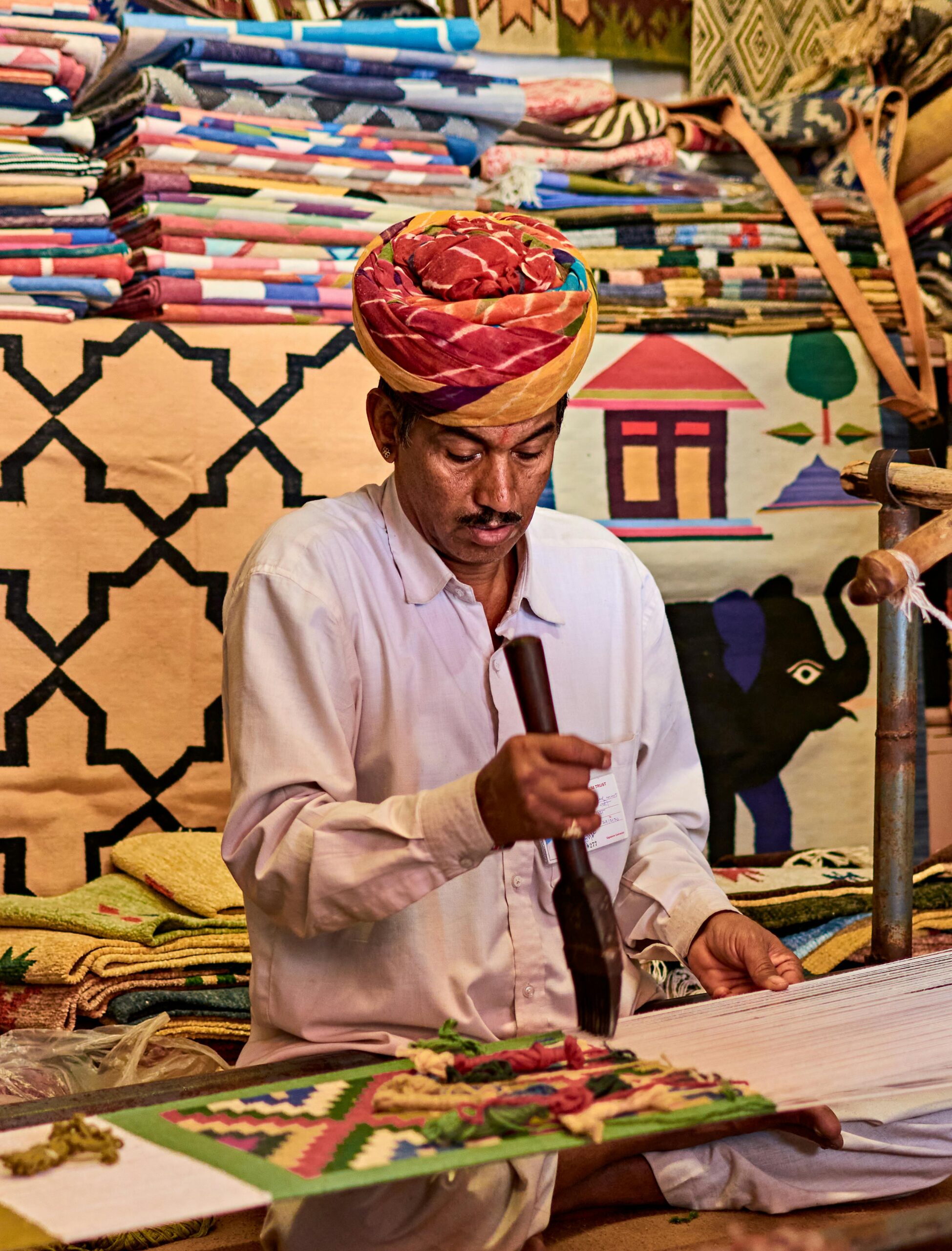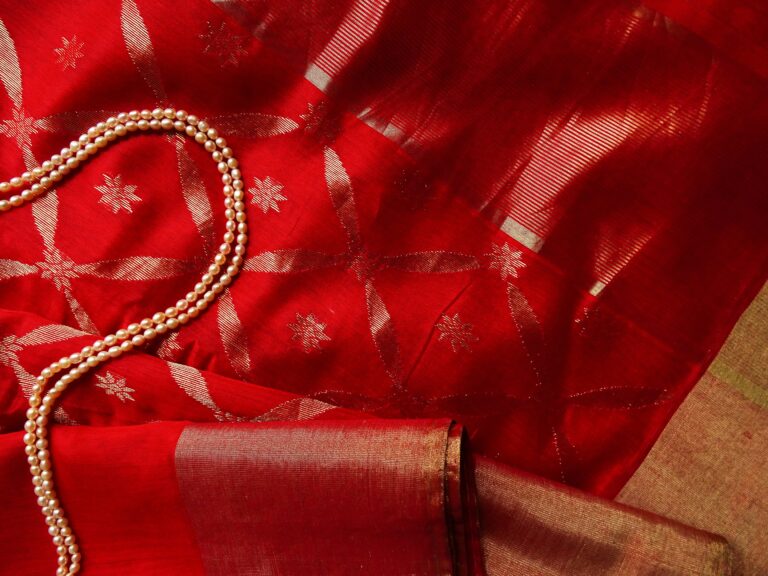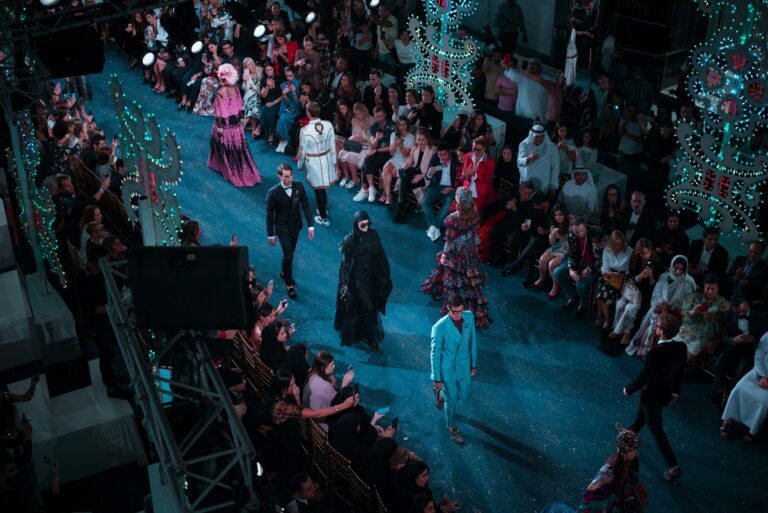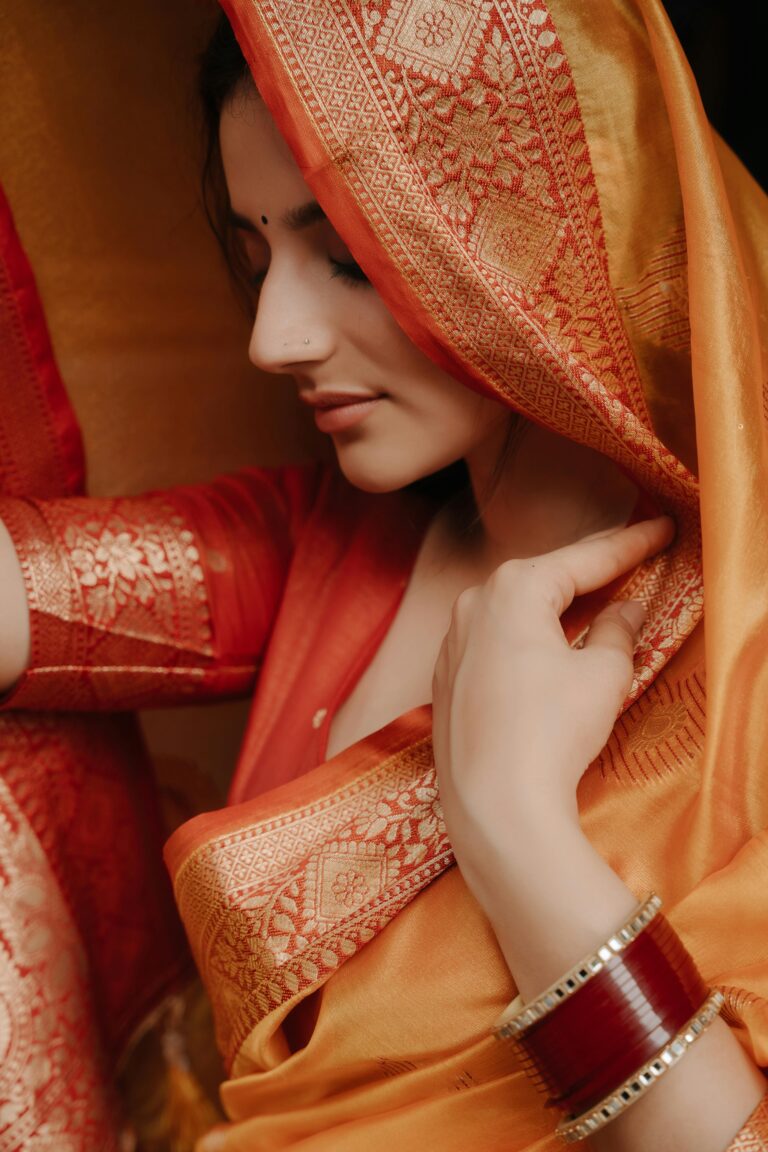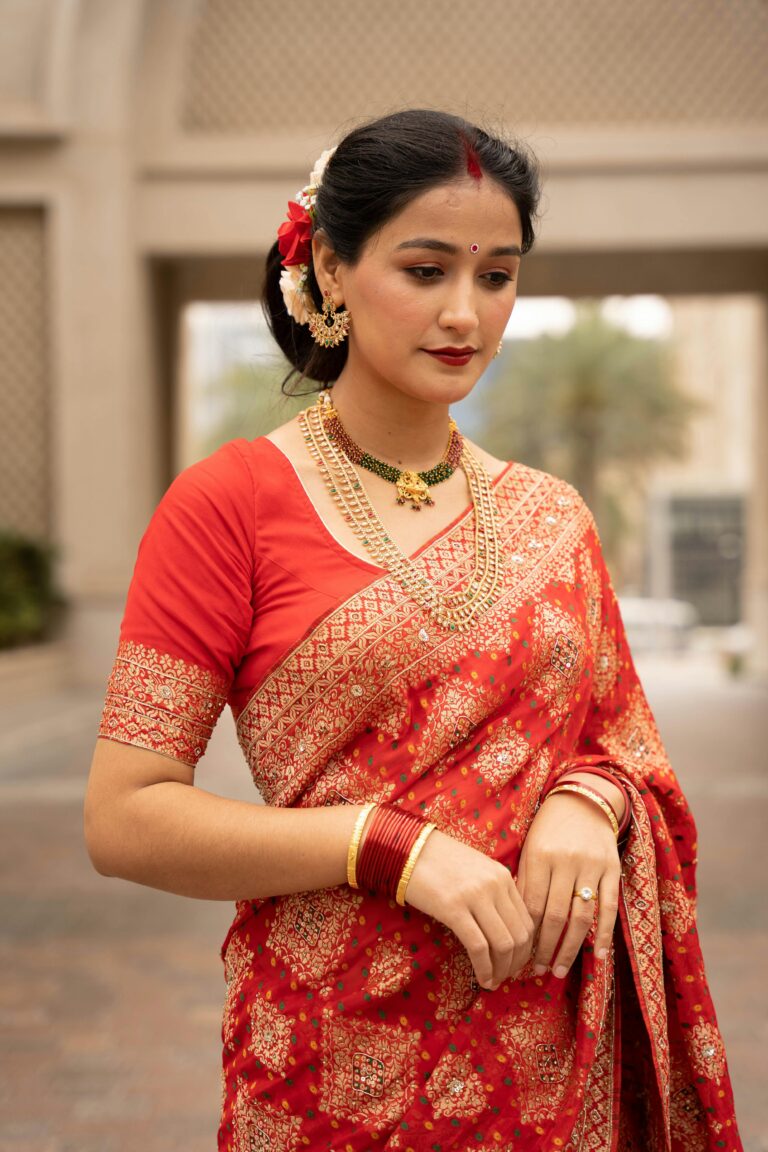Why Indian Fashion Hasn’t Gone Global Yet
We take glory in the old saying, that India was once the “Sone ki Chidiya”—the Golden Bird.
But how many of us today take pride in the things that actually make it so? “India is the world’s most populous country. Yet too few perceive the legacy and masterful craftsmanship that thrive within our own borders. The people of India are not unified in this. For many, our priceless crafts (our real luxury) are dismissed as rustic, reduced to a ‘village vibe.
This is the story of the disconnect between our immense potential and our current reality.
The problem is magnified by our biggest cultural export: Bollywood. When the actresses come as showstoppers, how many people focus on the clothes then? Aren’t they all there for the celebs? You see random influencers, whose vibes don’t match the brand’s story, there to bring a hype that won’t last. The industry becomes flattened into a single idea: Indian luxury is all about Bridal wear. But why? Are Indian clothes only for brides? Indian fashion has become something that only Bollywood would wear; all the glitz and glamour is pretty, but it’s not for us. People don’t feel like they want that.
This is where the real disconnect lies.
People want to buy what Prada, Chanel, and Hermes are selling, even when outsourced from India. Because they are buying the story, the legacy; they are buying belonging.
With many Indian brands, you receive a beautifully crafted dress, but not a story, not a sense of identity. The artisans who spend hours creating these pieces remain unseen. To the average person, it becomes a high-priced product without the story to justify its worth.
This invisibility has a devastating cost. When the story vanishes, what remains is a garment alone. If the artisans who have lived their entire lives in this craft are not part of the story, if it is not paying or giving much in return, then why do it? The energy that could be used to make it a bigger legacy is instead spent just saving the art from vanishing.
So why has a cohesive, global identity failed to emerge?
Look at the success of the Hallyu Wave. We see it in BTS, in our taste for ramen and matcha; we sense it never emerged, it always was.
How? The deeper truth is, they believed in it. They loved it and they weren’t shy to show it to the world. They don’t have the colonial mindset that if it was Made in India, its value is lesser. They have that unapologetic confidence. They were all together in it.
We must not mimic the West, we must root a new system in our own foundation. Indian fashion is sustainable. The higher price of a garment should show why it is worthy of being luxury, and sustainability is the biggest factor. While other luxury brands are now trying to incorporate conscious practices, the Indian market could be doing it effortlessly. In a world craving wellness, sustainability, and a slow life, this is our unique and powerful starting position.
This requires a new kind of brand building. Brands must be selective about who represents them. Not any random influencer, but an ambassador whose vibe, lifestyle, and choices mirror the brand , who create spectacle with meaning. And most importantly, we must protect their art and work from moguls and profit-machines.
A truly global Indian fashion identity is a future where our designers and arts are known, respected, and celebrated worldwide. A future where Indian fashion is flourishing, and the people who work here are happy and celebrated. A future where India is not just a manufacturing hub, but a leading fashion city of the world.
To achieve this, we must hold onto one non-negotiable truth, a lesson we have seen throughout our own history. We have to be unified to get better.
We divide, we lose.
